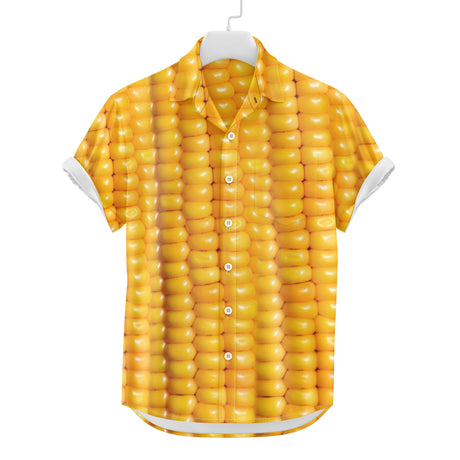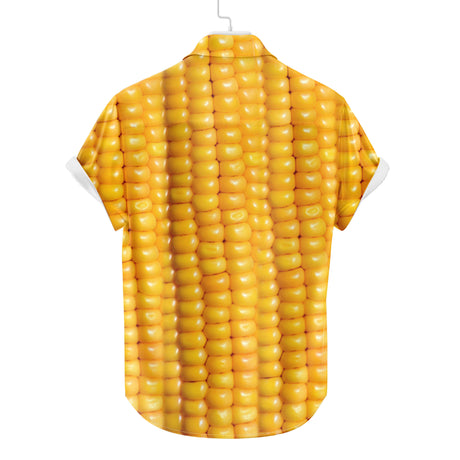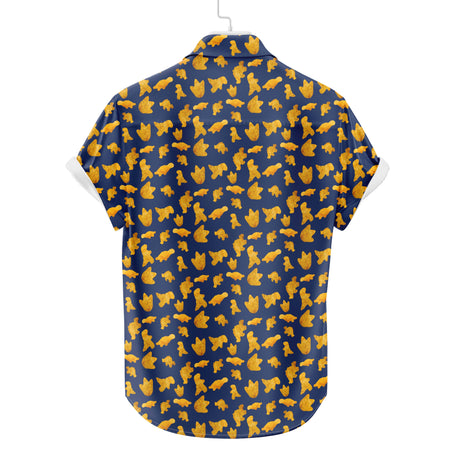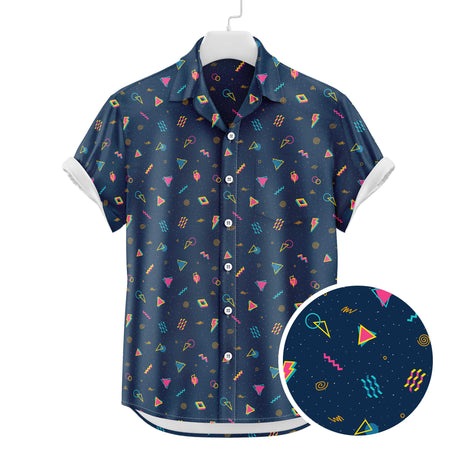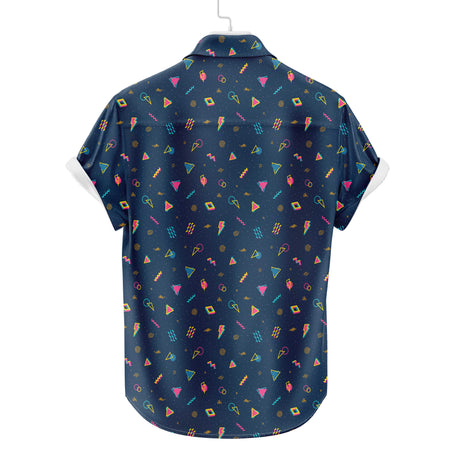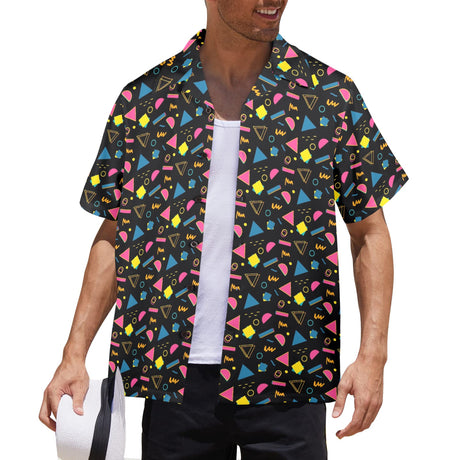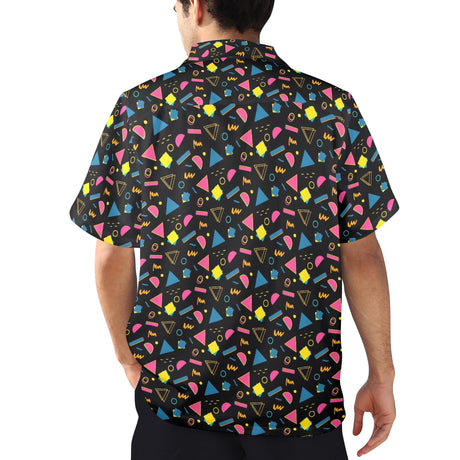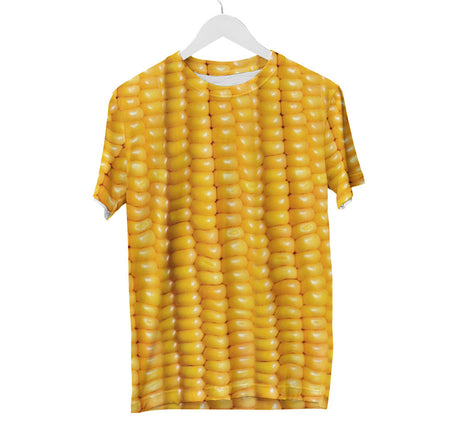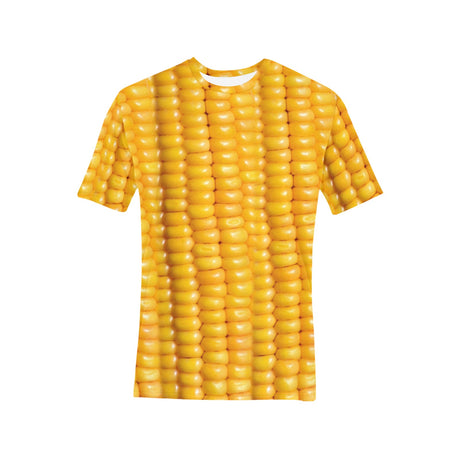Have you ever wondered about the fascinating world of corals? These colorful creatures are not only beautiful but also play a crucial role in our marine ecosystems. While we often associate corals with vibrant colors like red, orange, and blue, did you know that there is a rare coral color that stands out from the rest? Let's dive into the depths of the ocean and discover the rarest coral color!
What Makes a Coral Color Rare?
Before we unveil the rarest coral color, let's understand what makes it so special. Corals get their stunning hues from tiny algae called zooxanthellae that live within their tissues. These algae provide corals with essential nutrients through photosynthesis, resulting in a wide range of colors.
However, certain factors can influence the coloration of corals. Environmental conditions, such as temperature, light intensity, and nutrient availability, can cause corals to change their pigmentation. This is where the rarest coral color comes into play.
The Enigmatic Black Coral
Drumroll, please! The rarest coral color is none other than black. Yes, you read that right – black! While black may not be the first color that comes to mind when you think of corals, black corals exist, and they are truly mesmerizing.
Black corals belong to the order Antipatharia and are found in the deep, dark depths of the ocean. These corals have a unique ability to absorb almost all light, giving them their mysterious black appearance. It's like they're the goth kids of the coral world!
Despite their dark color, black corals are far from gloomy. They often have intricate skeletal structures, resembling delicate lacework. Some species even have fluorescent properties, glowing in vibrant colors when exposed to ultraviolet light. Talk about being the life of the party!
Protecting the Precious Black Corals
Due to their rarity and unique beauty, black corals are highly sought after by collectors. Unfortunately, this has led to overharvesting and habitat destruction, putting these extraordinary creatures at risk. It's crucial that we take action to protect and preserve black corals and their fragile ecosystems.
Organizations and initiatives around the world are working tirelessly to raise awareness about the importance of coral conservation. By supporting these efforts, we can ensure that future generations will have the opportunity to marvel at the rarest coral color and the wonders of our oceans.
In Conclusion
While corals come in a kaleidoscope of colors, the rarest coral color is undeniably black. These enigmatic creatures bring a touch of darkness and mystery to the vibrant underwater world. Let's celebrate the uniqueness of black corals and strive to protect them for generations to come. After all, life would be a little less colorful without them!

